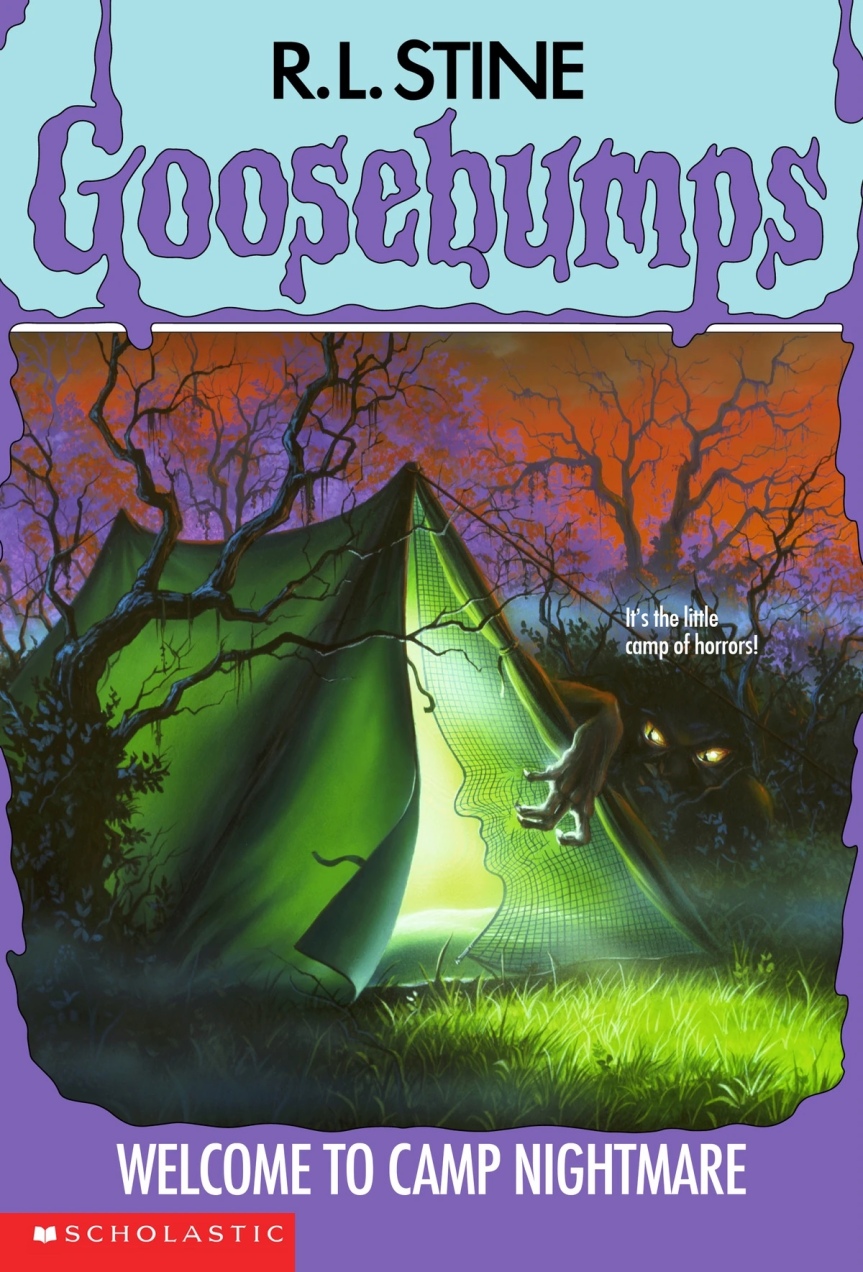Take Back Plenty (Colin Greenland, Gollancz) – **** – Colin Greenland’s Take Back Plenty offers a delightful reading experience, presenting an action-packed interstellar adventure featuring renegade thieves and the capable female captain, Tabitha Jute, commanding the ship known as Alice Liddell.
In the world of Take Back Plenty, interstellar vessels are equipped with powerful artificial intelligence systems, with Alice Liddell being one of the primary AI characters.
The adventure commences on Mars, where Tabitha Jute, piloting the Alice Liddell, finds herself evading the authorities after nearly inciting a riot. She encounters the persuasive contraband dealer, Marco Metz, who enlists her for a mission to Titan under the guise of being associated with a band named Contraband. Desperate for funds to repair her ship and settle fines with law enforcers, Tabitha reluctantly agrees. Their journey begins at Plenty, a space station orbiting Earth, where they load a shipment from the Frasque, an alien civilization.
While en route to Titan, they face interception by pirates and are forced to crash-land on Venus. The shipment, revealed to contain a violent Frasque-being, becomes a source of conflict as Marco attempts to sell it. The crew endures an attack, resulting in the loss of a member. Escaping Venus, they encounter further attacks from pirates until aided by a cherub-AI member of Contraband, enabling them to reach the orbit of Pluto, where they encounter the Capellans, an alien race that enabled the human race’ technological capability for interplanetary travel. The Capellans repair their ship, allowing them to return to Plenty and return the Frasque-being cargo.
Take Back Plenty presents an enjoyable sci-fi narrative reminiscent of Guardians of the Galaxy, replete with humor and featuring the resilient and charismatic protagonist, Tabitha Jute. to find a balance between the existence of different alien races. It draws on the futural hope of a new society built on interplanetary peace. But its otherworldliness is nonetheless almost Earth-like. It follows the structures of power of our human civilization.
In the book, Greenland taps into the notion of capitalism as an interplanetary relation. Capitalism remains a central theme, influencing characters’ motivations and actions, underscoring the persistent pursuit of wealth and survival in an interplanetary setting. It ties together Tabitha’s persistence to aspire for a new life, Marco Metz’s motive for dealing with contrabands, and the pirates’ quest for salvageable cargoes.
Overall, Take Back Plenty offers an entertaining and engaging read, serving as the inaugural installment of Greenland’s Plenty series, promising further adventures across subsequent volumes.
###





